5 of the Nastiest Insects Alive
5 of the Nastiest Insects Alive
1. Tarantula Hawks
Don’t let its name fool you – these stinging pests are neither tarantulas nor hawks. They are actually a type of wasp that live in the southwestern United States and are so named due to their large size and preferred diet of tarantulas. Their size and long, gangly legs are what allow these wasps to hunt tarantulas and bring them back to their young for feeding. Even with their long legs however, wriggling tarantulas can be hard to control, which is where their venom comes into play – the powerful toxin helps subdue their prey – paralyzing it.
Their stings are described as being utterly agonizing. Justin Schmidt, a well-known entomologist, described his experience of being stung as “blinding, fierce, [and] shockingly electric” as though “a running hair dryer has been dropped into your bubble bath.” This immensely tormenting nature of the sting is due to its high concentration of acetylcholine, which is a neurotransmitter that affects both motor and pain neurons in the body. This causes intensely painful cramps as your muscles violently contract, paralyzing those areas of your body. Luckily, since acetylcholine is found naturally within our nervous systems, are bodies are able to remove the excess of the chemical and restore the body to homeostasis within a matter of a few minutes.
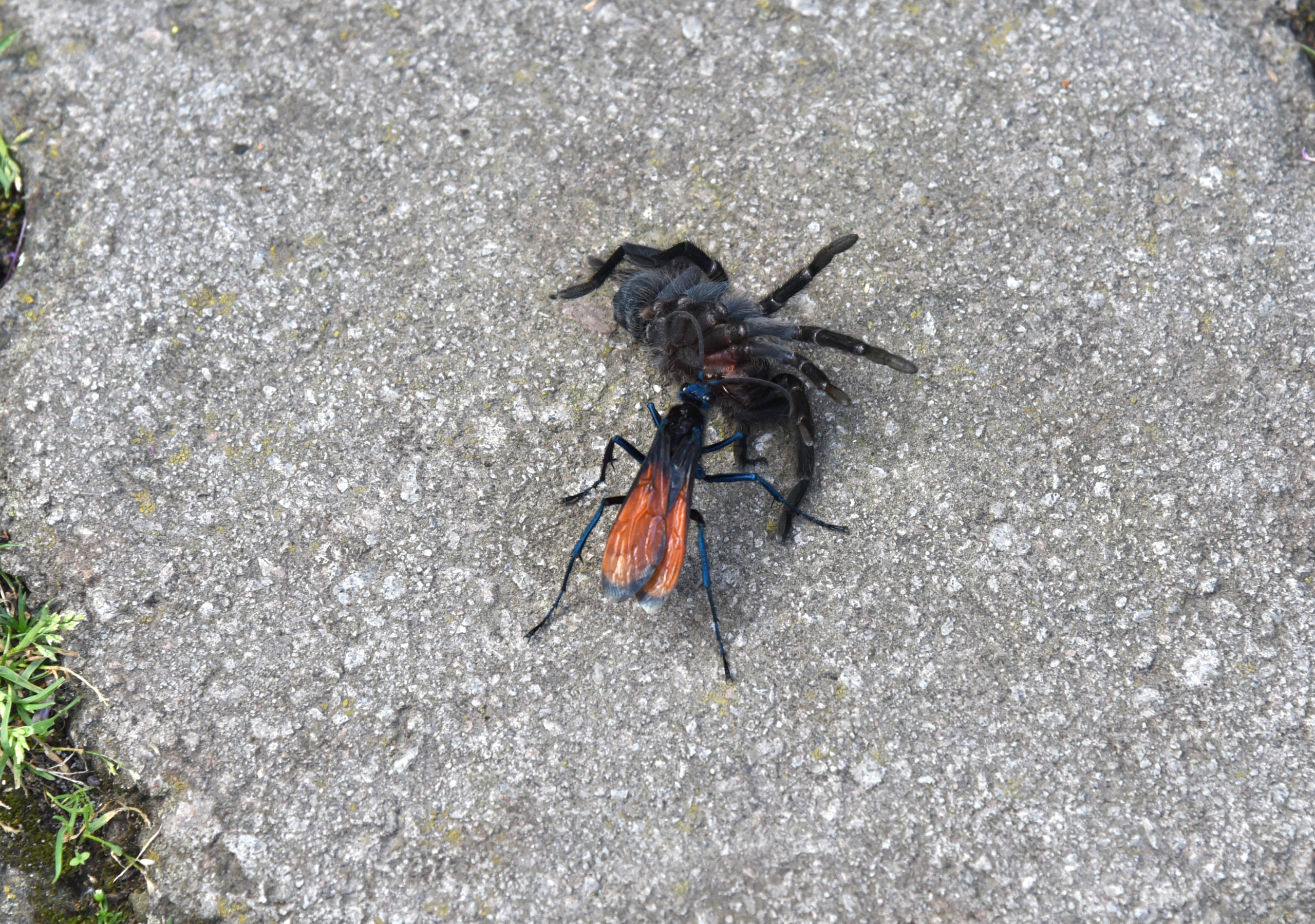
2. House Centipedes
Also known as Spider-pedes, these nasty creatures are Arthropods in the Myriapoda subphylum. This subphylum consists of over 13,000 different terrestrial species and the term is of Latin origin, meaning “having many legs.” These creatures are invertebrates with segmented body parts and between ten to several hundred legs depending on the specific species. Counter to what their name may suggest, centipedes do not actually have 100 legs. While the range of legs on centipedes can vary drastically based on the suborder of the species, no centipede actually has exactly 100 legs. The average ranges from 30 to 50 legs, while the highest recorded for house centipedes is 354 legs (177 pairs).
On average, house centipedes are a yellowish/brown color with darker stripes and markings. They range from 1/8 of an inch in adolescence to up to six inches long. Their elongated, worm-like bodies are surrounded by long spindly, spider-esque legs and a pair of hairy antennae.
While centipedes are generally passive pests that are creepier than they are dangerous, house centipedes have a set of large pinchers equipped with venomous glands used to attack their prey and, while rare, there has been the occasional case in which centipedes have bit humans. Their venom rarely causes health complications and is not fatal to humans, but the bites can be particularly painful and have a tendency to cause swelling, redness, and lasting tenderness/pain to the area.
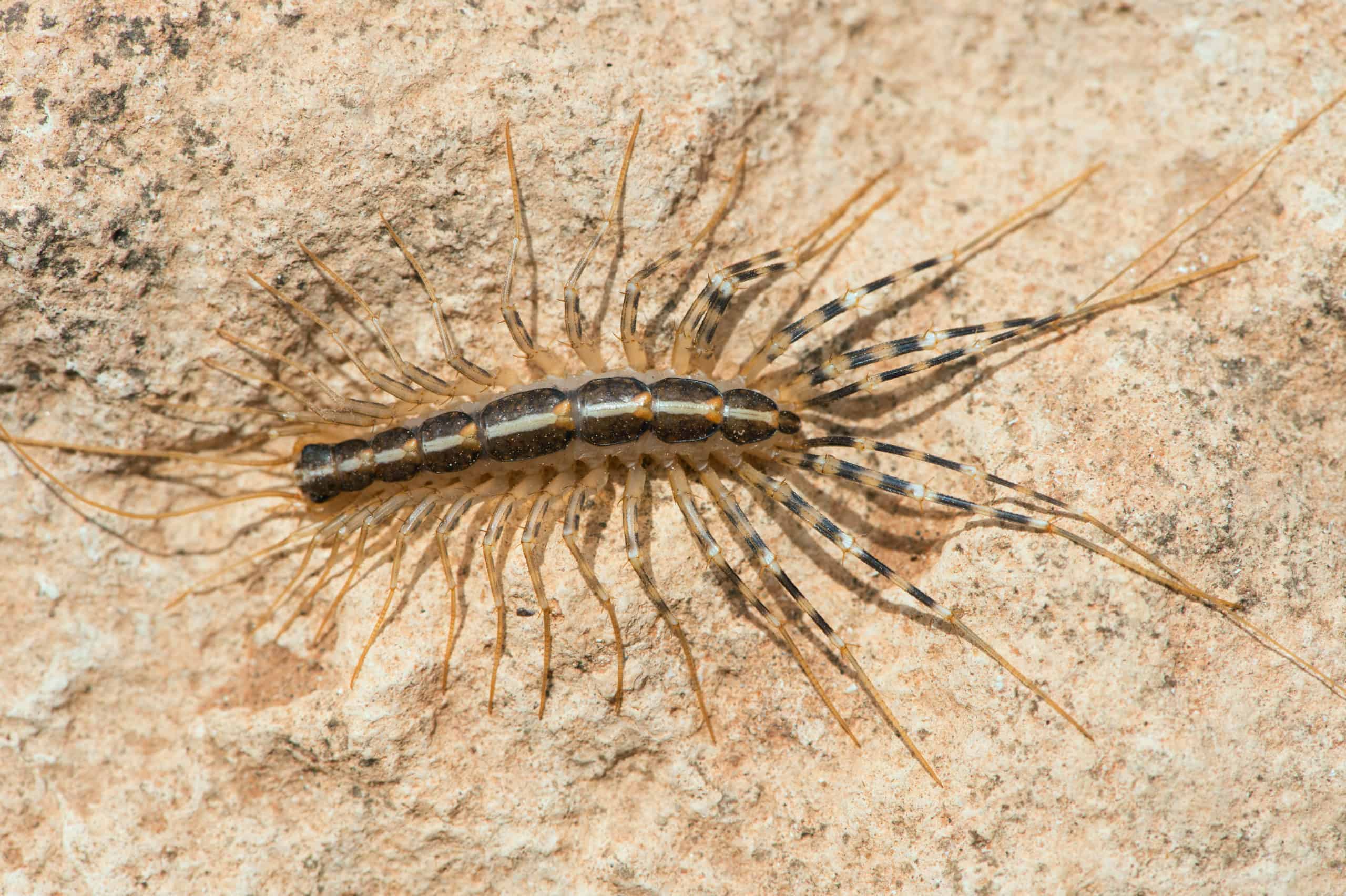
3. Wolf Spiders
Wolf spiders are hairy arachnids that average about 1 inch in length and are brownish/gray in color. They get their name for their tendency to remain on the ground and hunt their prey at night. Due to this hunting technique, wolf spiders don’t make webs like most spiders. They prefer their solitude, are quick on their feet, and do not have lethal bites though their bites can be very painful.
Creepily, these large hairy spiders can produce a bizarre noise that is often referred to as an eerie “purring” sound. They create this effect by scraping together two small rough appendages near their mouth, then transmitting that vibration through leaves to attract mates
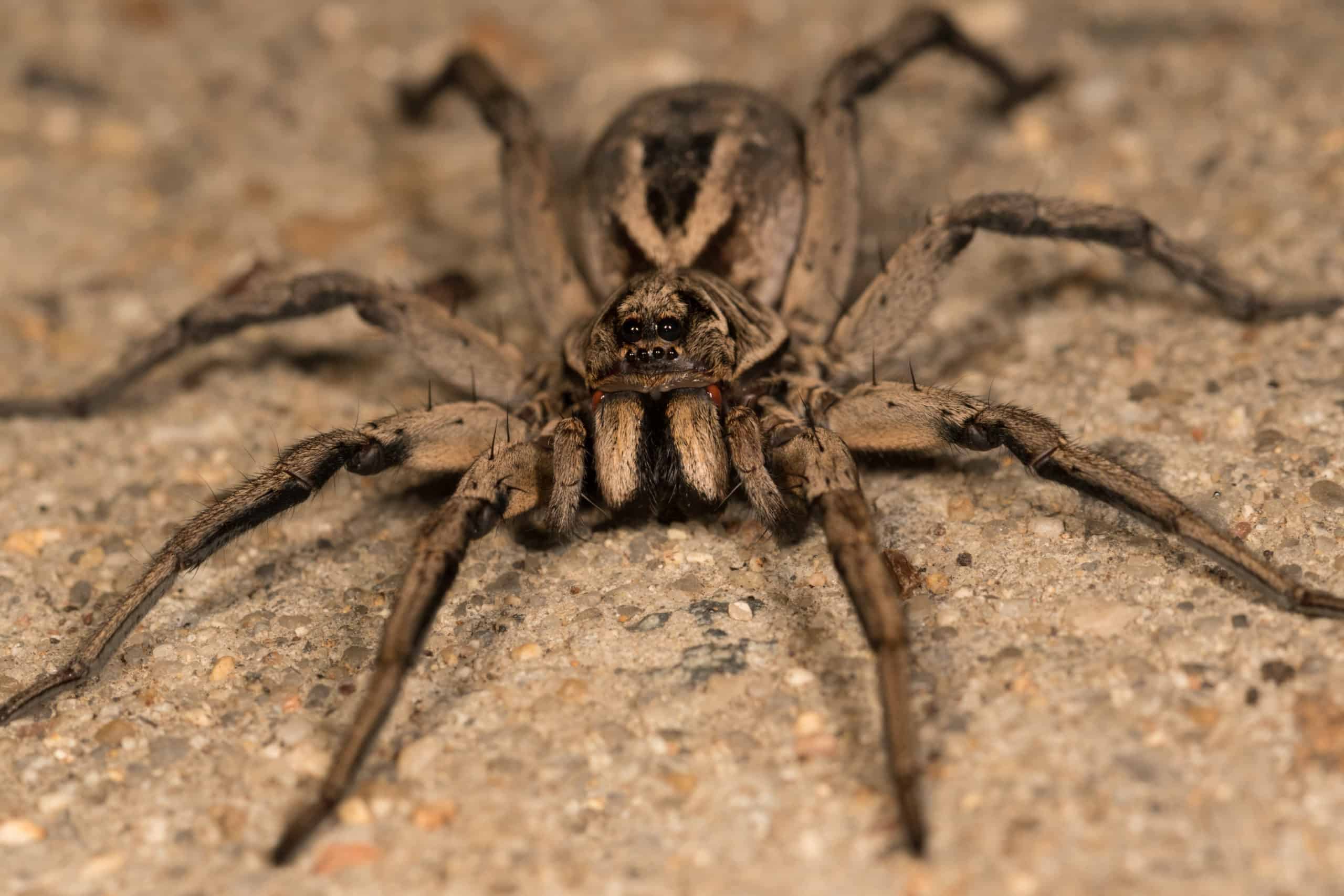
4. Human Bot Flies
Bot flies may not have any venom, stingers, or poison, but they do something arguably worse than all those combined. These nasty flies lay their eggs under the skin of mammals, making them a terrifying and disgusting parasite. Although the eggs and larvae are not deadly, those unfortunate to have myiasis (any fly infestation within the body) from bot flies can experience a series of health problems due to the parasites. The sites of the buried eggs turn into pustules that can be rather painful, consistently seep bodily fluids, and even have the potential to become infected.
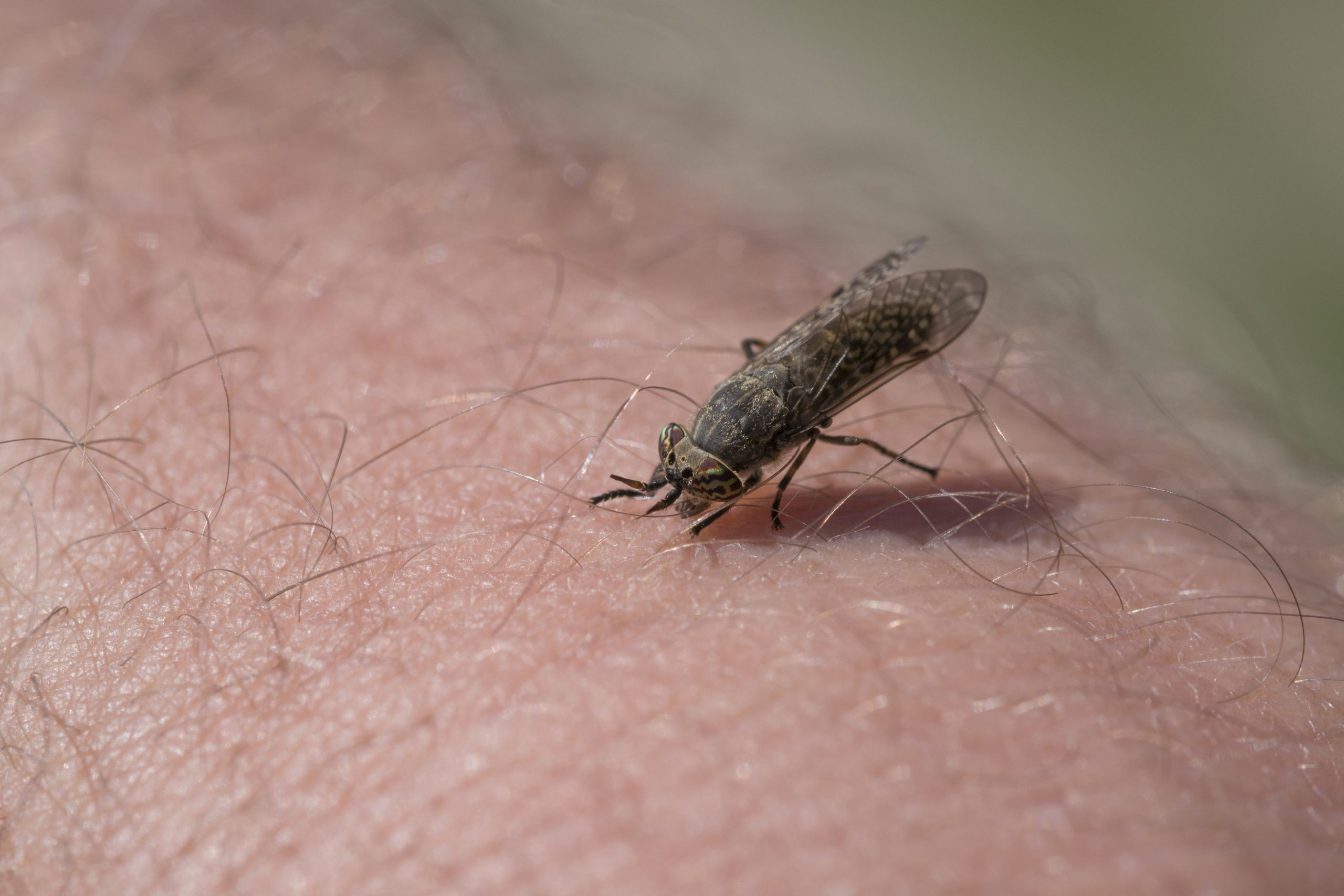
5. Bed Bugs
While bed bugs may not be particularly nasty looking, what they do makes them some of the creepiest pests around. They sneak into your home and hide in all the cracks and crevices of your home, especially beds. Then, under the cover of the darkness, when you feel safe under your covers, they creep out of their hiding places to crawl over your body, bite into your skin, and suck your blood.
These bites leave behind itchy red spots that are often arranged in lines or clusters. Aside from waking up with these marks all over your body, you may notice reddish-brown stains on bedsheets that can clue you in to a bed bug infestation. Unfortunately, these vampiric pests will target anyone they can, making it very difficult to take preventative steps against them and, to make matters even worse, these repulsive pests are maddeningly difficult to get rid of without professional intervention.
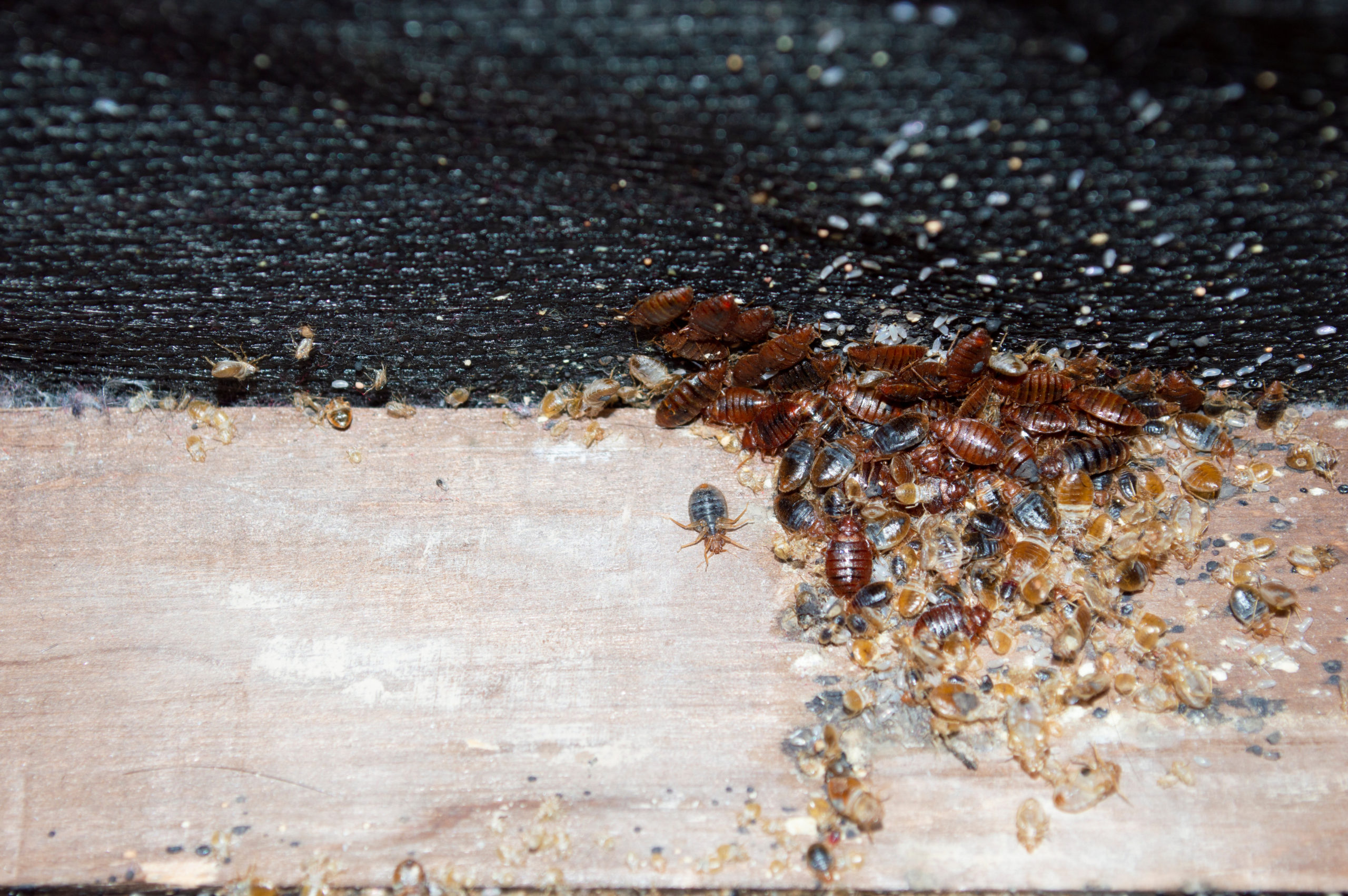
Citations
8 of the Worst Stinging Insects (2017) SciShow. Available at:
https://www.youtube.com/watch?v=3NHJjEFk32c&t=322s (Accessed: May 2020).
Centipedes (no date) Pest World. The National Pest Management Association. Available at: https://www.pestworld.org/pest-guide/occasional-invaders/centipedes/ (Accessed: December 2020).
Cranshaw, W., Camper, M. and Peairs, F. (2013) Bat Bugs, Bed Bugs and Relatives, Colorado State University Extension. Available at: https://extension.colostate.edu/topic-areas/insects/bat-bugs-bed-bugs-and-relatives-5-574/ (Accessed: October 2020).
Geggel, L. (2015) ‘Purring’ Wolf Spiders Softly Serenade Mates, Live Science. Available at: https://www.livescience.com/51006-wolf-spiders-vibrate-for-courtship.html (Accessed: June 2020).
Gordon, E. (no date) A Teacher’s Resource Guide to Millipedes & Centipedes, Cornell University. Available at: https://cpb-us-e1.wpmucdn.com/blogs.cornell.edu/dist/7/3643/files/2013/09/Millipedes-CentipedesGuide-2jubwdz.pdf (Accessed: August 2020).
Hadley, D. (2020) Fascinating Facts About Centipedes, ThoughtCo. Available at: https://www.thoughtco.com/fascinating-facts-about-centipedes-1968228 (Accessed: August 2020).
Kennerson, E. (2018) The House Centipede is Fast, Furious, and Just So Extra, YouTube. Deep Look with PBS Digital Studios. Available at: https://www.youtube.com/watch?v=q2RtbP1d7Kg (Accessed: December 2020).
Lewis, J. G. E. (2007) The Biology of Centipedes. Cambridge University Press. (Accessed: August 2020).
MacMillan, A. (2017) Why Bed Bugs Are Becoming So Much Harder to Kill, Time. Available at: https://time.com/4733708/bed-bugs-insecticide-resistance/ (Accessed: August 2020).
Potter, M. (2020) Bed Bugs, The University of Kentucky College of Agriculture, Food, and Environment. Entomology at the University of Kentucky. Available at: https://entomology.ca.uky.edu/ef636 (Accessed: October 2020).
Pests That Invade Packages & Boxes: How to Prevent Hidden Infestations
Pests That Invade Packages & Boxes: How to Prevent Hidden Infestations Pests That Invade Packages & Boxes: How to Prevent Hidden Infestations Summary: [...]
Keep Pests Out of Your Holiday Gatherings
Keep Pests Out of Your Holiday Gatherings Keep Pests Out of Your Holiday Gatherings Summary: The holiday season is all about good food [...]
Cold Weather vs. Warm Weather Infestations: How Temperature Shapes Pest Activity
Cold Weather vs. Warm Weather Infestations: How Temperature Shapes Pest Activity Cold Weather vs. Warm Weather Infestations: How Temperature Shapes Pest Activity Summary: [...]
Garden Pests Do Not Hibernate Indoors – How They Attack Houseplants And What To Do
Garden Pests Do Not Hibernate Indoors – How They Attack Houseplants And What To Do Garden Pests Do Not Hibernate Indoors – How They Attack [...]
The Scariest Pests (And Why They Freak Us Out)
The Scariest Pests (And Why They Freak Us Out) The Scariest Pests (And Why They Freak Us Out) Summary: A practical, homeowner-friendly guide [...]
Favorite Foods of Rats and Mice
Favorite Foods of Rats and Mice Favorite Foods of Rats and Mice Summary: Rats and mice are surprisingly picky about what they eat—especially [...]

